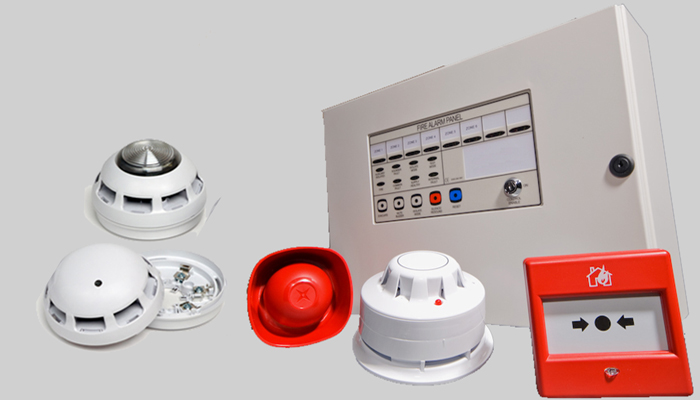Fire alarm systems are usually incorporated into buildings to protect life and/or property. The most appropriate system will depend on the type of building, the ease of egress in an emergency and the type of occupancy.
It might also depend on what other protection systems are present, especially if a fire engineered design approach has been used. The following information may give you guidance under Article 13 of the Regulatory Reform (Fire Safety) Order 2005. It is without prejudice to anything which may be required by an enforcing authority.
Fire alarms are covered by BS 5839-1:2013 Fire detection and fire alarm systems for buildings. Code of practice for design, installation, commissioning and maintenance of systems in non-domestic premises.
The fire detection and warning system should typically include the following: –
automatic fire detectors (AFD), e.g. smoke, heat;
manual call points (break-glass call points) next to exits with at least one call point on each floor;
electronic sirens or bells; and
a control and indicator panel.
The AFD system can be linked to other active fire safety systems in your building (e.g. door closing devices and smoke control vents) so that they operate automatically.

